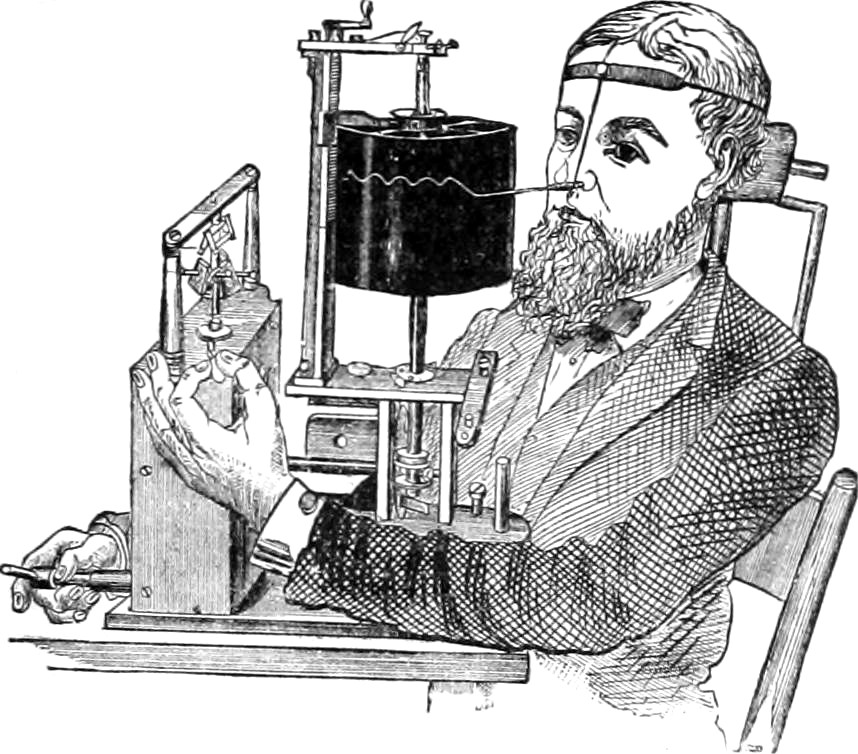Single subject experiments
Instrumentation and analytics for body and soul. Quantified self. DIY precision medicine.
2022-01-11 — 2023-12-26
Other people have written much more about principled single-subject experimentation, esp. self-experimentation. Here are some links though.
1 Folk history of the quantified self movement
Obligatory: The tragic morality fable, Seth Roberts’ Final Column: Butter Makes Me Smarter.
2 Experiment design
3 Data collection
3.1 Activity
I mention some activity-monitoring strategies under time management.
3.2 Subjective things
Measuring moods? See the Experience Sampling Method (Verhagen et al. 2016; Hektner, Schmidt, and Csikszentmihalyi 2007) or Swan (2013).
3.3 Bio-markers
See bio-markers.
4 Tools
- n1.tools: Conduct simple N-of-1 Experiments
- Bearable | Mood & Symptoms Tracker App
- Exist is a hip quantified self tracker.
- Symple symptom journal and health diary
- Cronometer: Track nutrition & count calories
- Gyroscope · Your Personal Health Coach
- ActivityWatch?
- A set of watchers that record relevant information about what you do and what happens on your computer (such as if you are AFK or not, or which window is currently active).
- A way of storing data collected by the watchers.
- A data format accommodating most logging needs due to its flexibility.
- An ecosystem of tools to help users extend the software to fit their needs.
esterday I decided I wanted to take a look specifically at the health data on my iPhone. I’m not a huge user of the iPhone’s or the Apple Watch’s health features. I don’t use or subscribe to Apple Fitness+, for example.
5 Incoming
- Analysis resources
- International Collaborative Network for N-of-1 Trials and Single-Case Designs
- Quantopian contest, but for food intake and weight
- N=1: Single-Subject Research – SLIME MOLD TIME MOLD
- N=1: Introduction – SLIME MOLD TIME MOLD
- Mark Koester, How to Export, Parse and Explore Your Apple Health Data with Python
- HealthExport - Export health data from your iPhone to CSV
- Simple Health Export CSV on the App Store
- Apple Health XML to CSV Converter - ericwolter.com
- Show & Tell Projects Archive - Quantified Self
- Bibliography - Quantified Self
- woop/awesome-quantified-self: Websites, Resources, Devices, Wearables, Applications, and Platforms for Self Tracking
- Open Humans
- markwk/qs_ledger: Quantified Self Personal Data Aggregator and Data Analysis
- onejgordon/flow-dashboard: A goal, task & habit tracker + personal dashboard to focus on what matters
- Flow
- pacogomez/health-records: Plain text health records
- heedy/heedy: An aggregator for personal metrics, and an extensible analysis engine
- heedy/heedy-notebook-plugin: Use Jupyter notebooks in Heedy
- NeuroEducate, the Book!

